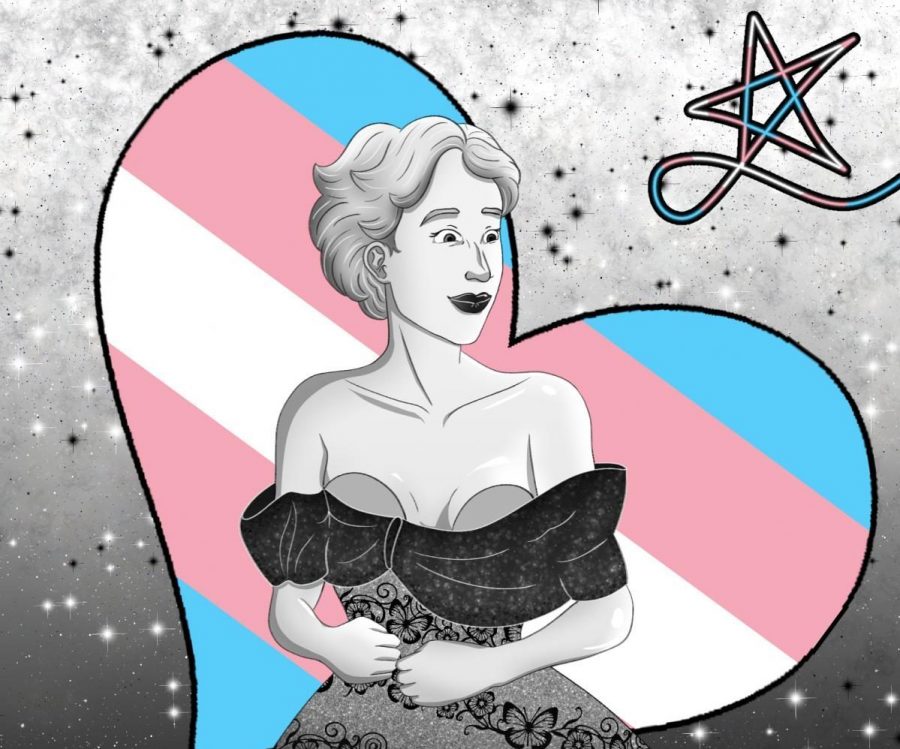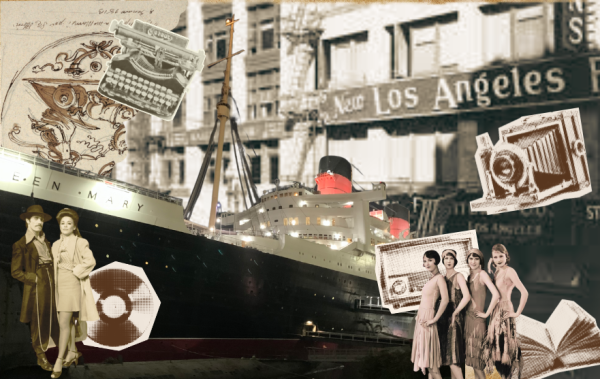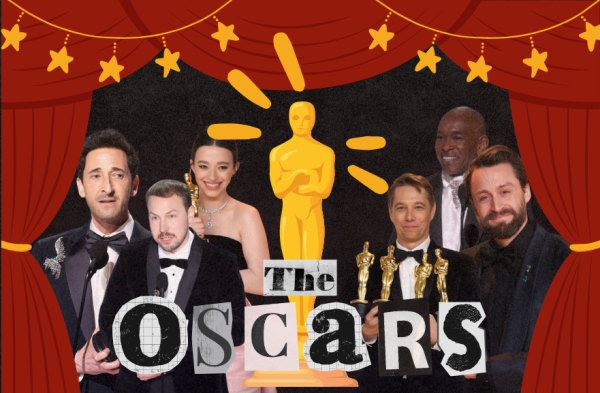Transcendent Idol: The First Trans Celebrity
Trans people have been in the unappreciated backbone of historical events and movements for centuries. Where are they? A read through the average high school history book is more than likely to be lackluster on any information, if any, about the queer community. Books that do are part of rare inclusionary curriculums and typically still incomplete or restricted. All of human history and only one or two notable trans-figures usually come to mind, even for the average LGBT person. Media inclusion is just as scarce, with the exception of a few shows like the revolutionary Pose, real trans individuals are kept from the spotlight. Despite the tragedy, discrimination, and evil treatment, not every story actually ends in tragedy. There are historical inspirations and success stories in the queer community worth sharing, especially of trans people.
It is likely that no one reading this knows the name, Christine Jorgensen; blonde, beautiful, direct, quick-witted, and a WW2 veteran. After being honorably discharged from the U.S. Army in December 1946, she started her journey as the first national transsexual celebrity in the US.
On May 30th, 1926 in Manhattan, New York, a baby was born to George William Jorgensen and Florence Davis Hansen. They named their baby George William Jorgensen, Jr. after his father. George grew up in the Bronx of New York City, attended Christopher Columbus High School, and worked part-time as a photographer before getting drafted at 19. George served for a little over a year before his discharge and began a string of failures: beginning with Hollywood and ending in Manhattan Medical and Dental Assistant School. During those years of drifting, George became increasingly concerned over a lack of “male physique,” and started contemplating if he was truly a woman. Before this George hid his attraction to men during his time in the army and discovered those feelings in high school, but he knew he wasn’t gay. In fact, one of George’s youngest memories was of asking his mother why God couldn’t have made him more like her. George had always been trans and it was in this period of drifting through careers and self-evaluation that the pieces finally clicked together, every queer person has the moment where it becomes real; a moment where they realize this thing they have been feeling is actually who they are. That clarity can be considered the point when George’s gender identity journey sped up.
After seeking medical and psychiatric advice while taking female hormones, George met a physician, Joseph Angelo, the husband of a close friend. With the advice of Joseph and others, George decided to go to Sweden and receive the sex-reassignment surgeries that were unavailable in the US. While staying in Denmark with family, George met Christian Hamburger who treated him with female hormones free of charge. Out of respect for the kindness that was shown to her by Christian Hamburger, George took the name, Christine. With her new name and permission from the Danish Minister of Justice, Christine took her first major personal steps towards womanhood.
News about the sex change leaked in the US and caused a media frenzy. After getting off the plane that returned her to the US, Christine was swarmed by journalists, ignoring the Danish royal family that shared a flight with her. Christine said she wanted a quiet life, but the money from publicity and interviews was her only option for staying financially stable. They also gave her a platform to spread awareness about Sex Reassignment surgery.
The New York Times made her a front-page story with the headline “Ex-GI Becomes Blonde Beauty.”
Christine underwent three sexual affirmation surgeries in her life along with hormone treatments, saying that the third completed her “transition to womanhood.” She was not the first person to ever transition, yet her popularity was unrivaled: Television, Talk Shows, Radio, Nightclubs, Interviews, Theatrical Productions, Movies, and an autobiography titled Christine Jorgensen: A Personal Autobiography, that sold almost 450 thousand copies. She faced criticism, she faced hatred, and she destigmatized being trans, making the fantasy of sex reassignment in the US a reality. Her popularity was self-curated due to her willingness to be in the public eye and just how unconventional her existence was, trans people were more than a bit taboo at the time and practically no one understood what it meant to be trans. The public was fascinated, curious, clueless, and sadly a lot were waiting for disaster to strike, but she certainly held their attention.
Her new medical adviser, Harry Benjamin, popularized the word “transsexual,” and later credited her for the advancement of his transexual studies in the preface of her biography: “Indeed Christine, without you, probably none of this would have happened; the grant, my publications, lectures, etc,” Benjamin said.
She attempted to get married twice, the second license being rejected for having a birth certificate with “male” on it, prompting her to encourage other trans people to change their certificates. In the later years of her life, Christine visited universities sharing lectures about her experiences, writing songs, and was known for her directness and wits before dying at age 63. It is possible that, because she had to take unregulated hormones for the rest of her life, she died from bladder and lung cancer in San Clemente, California. Later those hormones she brought attention to would lead to the development of chemical contraceptives like the birth control pill and research into safer forms of modern Hormone Replacement Therapy (HRT).
Christine recognized that she did not start the sexual revolution, “but [we] gave it a good swift kick in the pants,” introducing the concept of transsexualism into the medical field with her lectures at universities, discussing gender roles, she did so many things she could fill a book, and she did. Then why is she not well known? A model, celebrity, idol, trans-woman from the 50s who helped make “being trans” a concept, and improved the sexual health of cis-women is not part of American education. It is the same reason Christine went to Christopher Columbus high school, instead of Man Who Committed Genocide High School; the same reason almost all lesbian lovers in history are just “really good friends;” the reason that all cowboys are all white and straight in movies instead of Black, Latinx, gay, and trans like many were; the reason we learn about George Washington’s cherry tree instead of how he allowed his soldiers to have gay relationships; the reason we talk about the Reynold’s Pamphlet and not Alexander Hamilton’s less famous, but certainly infamous, homosexually romantic letters to his friend Laurens. The problem is that these histories exist and are wonderful and amazing but removed from our education. The laws that made it illegal to be trans, gay, black, differently-abled, or a woman are almost all gone now, however, their effects are not. In media and history, important trans figures like Christine Jorgensen are kept away, out of history books, despite shaping our modern culture in important ways, just like many other people in history that were queer, women, people of color, or indigenous peoples. We need to recognize our diverse history and the fact we used to try and hide because we are teaching a false narrative. Modern generations should be able to learn about the people who made their nation, all of them. We can’t transcend the problems of today if we can’t acknowledge the truth of the past.
For further research:
www.libarts.ucok.edu/chp27. Christine Jorgensen
Christine Jorgensen, 62, Is Dead; Was First to Have a Sex Change
Your donation will support the student journalists of Huntington Beach High School. Your contribution will allow us to cover our annual website hosting costs.
Thank you for supporting our program!







